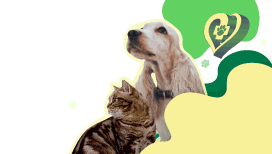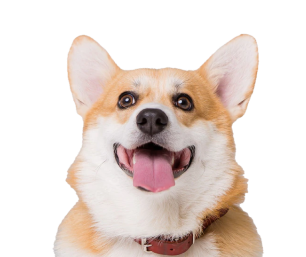Starvation diet
Опубліковано
06.02.2025
Modern recommendations:
- Brachiocephalic breeds (pugs, bulldogs). It is recommended to start a course of prokinetics and antiemetics 3 days before the surgery as prescribed by the therapist. Due to slow digestion, the volume of each meal should be reduced by 30% 3 days before the planned surgery, by 50% in 2 days, and by 12 hours in 1 day - a fasting diet before surgery.
- Kittens / puppies up to 6 months and adults weighing up to 2 kg - 4 hours , brachiocephalic breeds - 6 hours. Babies should be fed a small portion of wet food(1/2-1/4 portion) and it is advisable to take a small amount of food with you so that you can feed them immediately after they wake up.
- Healthy adult animals (over 6 months old, under 8 years old) - 6 hours (EXCEPT for brachycephalic animals and adults up to 2 kg)
- Geriatric patients (over 8 years old)- 6 hours
For patients with diabetes mellitus
- In the morning of the day of surgery, take a glucose measurement, inject 1/2 of the usual insulin dosage and FEED 1/2 of the serving volume.
- Bring glucose records, glucose meter, food, insulin
- Peculiarities of taking medications:
On the day of surgery, CONTINUE taking the medication:
- Vetmedin / Cardishur
- Gabapentin / Trazodone (Tritico)
- Keppra / Levetiracetam / Corvalcaps
- Insulin
- Painkillers and anti-inflammatories
- Furosemide / Veroshpirone
It is recommended NOT to use 12 hours before surgery:
- Amlodipine
- Enap
In the event of a case not described above, it is recommended to consult an anesthesiologist the DAY before the manipulation (online or offline)
Схожі статті

How to prepare your cat for a stress-free visit to the veterinary clinic
Cats are independent and sensitive animals, and a visit to the vet can be a big challenge for them. How can you avoid stress during transportation? What medications can help calm your cat? In this article, we tell you how to properly prepare for a visit to the clinic, choose a carrier, and create comfortable conditions for your cat.

Starvation diet for animals before anesthesia.
Modern recommendations

